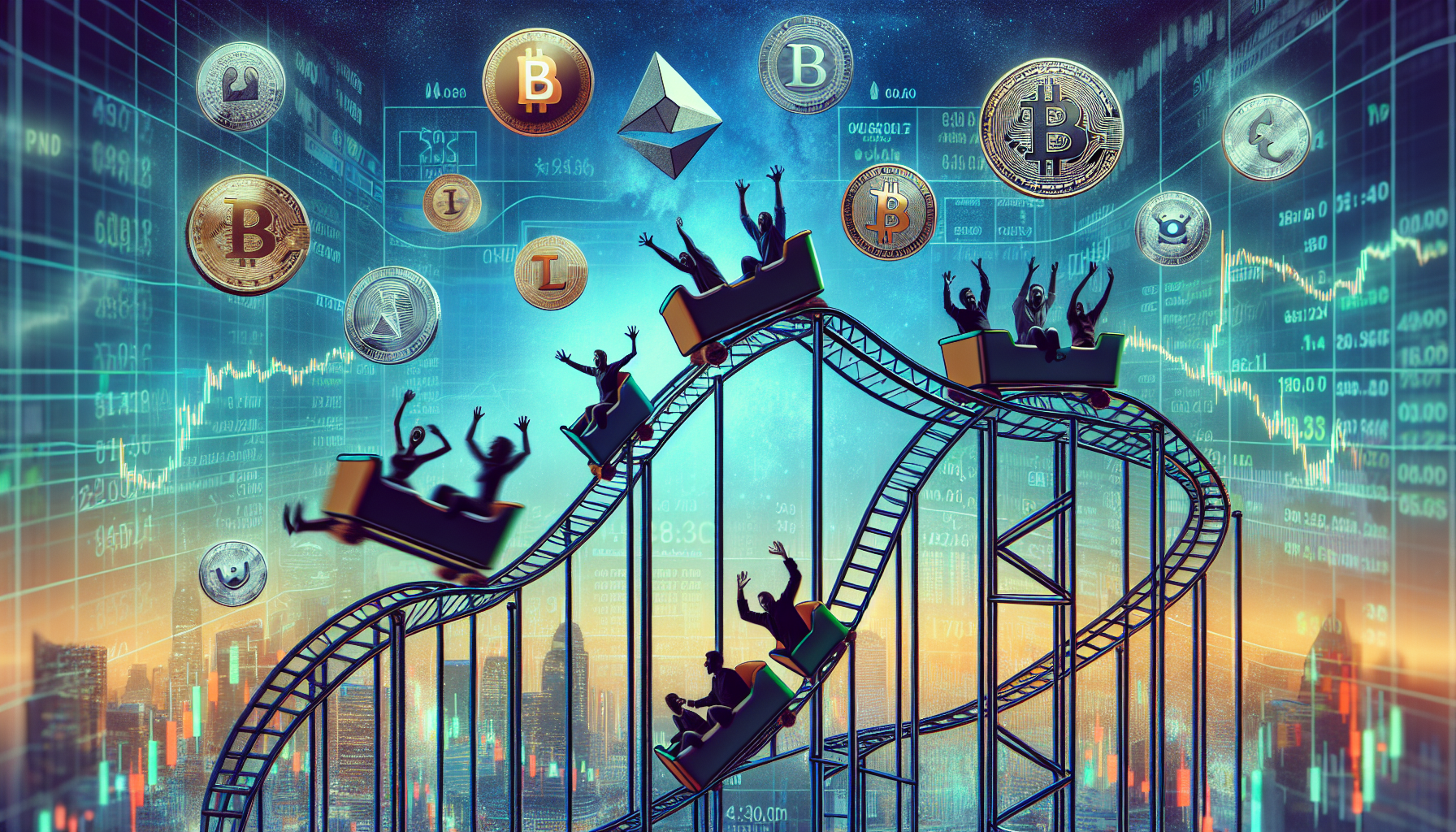The Emotional Landscape of Cryptocurrency: Understanding Greed, Fear, and Hope
The cryptocurrency market is often described as a volatile landscape, teeming with unexpected price swings and emotional turbulence. In recent weeks, Bitcoin demonstrated this volatility; it surged from $100,000 to a new record of $108,000, only to plummet by $16,000 to a low of $92,000 in just days. This roller-coaster ride highlighted not only the financial stakes but also the emotional responses from investors. Such extreme fluctuations beg the question: Is the crypto market a true mirror of human emotions like greed, fear, and hope? This inquiry is further illuminated by the Fear and Greed Index, which indicates the sentiment lurking behind these price movements.
Market Dynamics: A Reflection of Sentiment
In just a matter of days, the Fear and Greed Index fell sharply from “extreme greed” (87) to a mere “greed” (73). This significant drop is indicative of the market's emotional volatility; the drastic changes in market sentiment were felt by many traders and investors, causing a flurry of speculative activity and concern about whether the current bull cycle was nearing its end. Such swift changes in sentiment underscore how integral emotions are in driving market dynamics.
The CEO of Bake, Julian Hosp, articulated the complexity of emotional responses in cryptocurrency trading, emphasizing that it's not merely about the price itself but rather its direction. He stated, “When Bitcoin is climbing, everyone is euphoric. A decrease brings disaster, despite the price potentially remaining in the same range.” This perspective accentuates the human inclination to react not just to numbers but to the feelings associated with those numbers.
Historical Context: Emotional Peaks and Valleys
To comprehend the emotional nature of the crypto market, it's essential to reflect on past patterns. The euphoric rise of Bitcoin in late 2021 saw prices soar towards $70,000, prompting users to flaunt “laser eyes” on social media platforms. However, this culminated in a swift descent into a bear market, driven by fear as iconic establishments such as FTX collapsed. The emotional weight of witnessing such failures had a profound impact on investor sentiment, leading to extreme caution and hesitation.
Fast forward to 2023, when news surfaced about BlackRock filing for a Bitcoin ETF. This development reignited hope among investors, highlighting the cyclical nature of emotions in the market. As Bitcoin approached six-digit figures, the emotional high created a sense of certainty about future gains.
The Implications of Emotional Trading
The implications of a market driven by emotions cannot be overstated. When traders allow emotions like greed and fear to guide decisions, it can lead to impulsive moves and potentially exacerbating market volatility. This environment fosters a culture of knee-jerk reactions, making it imperative for investors to adopt a more measured approach.
One can argue that the intuition steering the crypto market is both its biggest strength and its greatest weakness. The raw, unfiltered response of humans to financial stimuli presents an authentic glimpse into the psyche of the investor. Still, it can also pave the way for irrational behavior that disregards analytical insights.
Conclusion: Taking a Step Back
As many traders navigate this emotional battleground, it's essential to advocate for a strategic perspective. In the whirlwind of prices ascending and descending, one must remember to look beyond mere numbers: Is your current portfolio performing better than a few months or years ago? If so, it is crucial to remain steadfast in your investment strategy. If not, consider reviewing your approach and identifying potential flaws.
The cryptocurrency market's correlation with human emotion underscores not just the inherent volatility but also the potential for a more analytical and strategic approach. In the ever-fluctuating world of cryptocurrencies, keeping emotions in check, while remaining open to the nature of human instinct, may lead to more informed trading decisions.

답글 남기기